Go East: ’Encounters’ is a startling survey of contemporary Japanese creativity
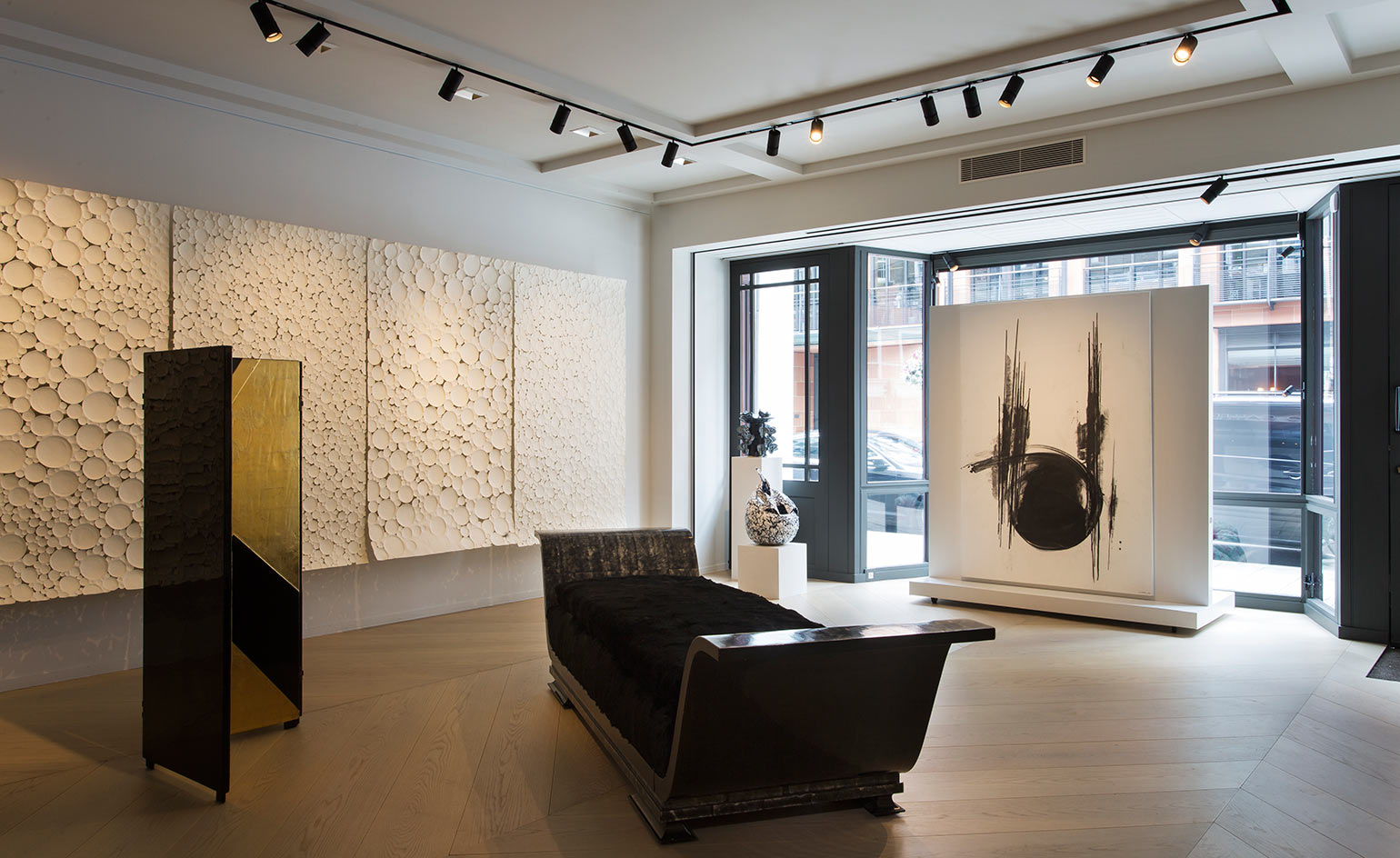
On show at the Dutko Gallery’s London outpost, ‘Encounters’ is a deeply engaging and multi-faceted survey of Japanese art and design, from the 1930s until the present day.
The show’s lynchpin is the work of Katsu Hamanaka. A lacquerer and art deco maven, his reputation and accomplished practice are all the more astonishing for the minute size of his oeuvre. Emigrating to Paris in 1934, Hamanaka acted under the tutelage of master lacquerer Seizo Sugawara and created some of the finest – and rarest – work of the era. The three-panel gold leaf and black lacquered screen (c.1928) on show here is a salient example; elegant and aesthetically austere, it perfectly embodies the symbiotic relationship between contemporary Eastern and Western traditions. 'For me Hamanaka best represents the bridge between East and West, particularly during the short period of Art Deco,' explains Jean-Jacques Dutko. 'The sofa currently on display is an exceptional work, fully wrapped in shagreen. Here Hamanaka used different techniques, from polychrome to eggshell lacquer, creating a beautiful mosaic of stingray shagreen tinted with graphite lacquer.'
Hamanaka may be the show’s star billing, but there’s plenty else to pique interest. American Craft pioneer George Nakashima’s 1978 ‘R Bench’ is a picture of rustic simplicity (though, alas, not one seen clambered on by William Wegman’s boisterous Weimaraners in our October 2015 shoot); while the furniture offering takes a turn for the contemporary with Masayoshi Nakajo’s ‘The Cat’, 2015, its abstracted feline forms rendered in black laquerware – a modern expression of the traditional Kawatsura style, dating back to 1200.
As one might expect, ceramics and sculptural forms play a large part. Koike Shoko’s eldritch botanical pieces are imbued with a Triffids-style air of unease; Chieko Katsumata’s Akoda pumpkin is rather plumper, but equally discomforting. All are meticulously realised.
Haruhiko Kaneko, meanwhile, creates fluid-looking and bowls and vases inspired by the ocean (and is one of only a dozen extant practitioners to use the ancient Uteki Tenmoku ‘drop of oil’ technique). Sweeter still are Isao Sugiyama’s Santuario sculptures – tiny, superannuated buildings carved into slabs of marble.
The offering continues in fine fettle, with contributions including Hitomi Uchikura’s embossed paperwork, Kuigmachi Akira’s meditative, gradiated paintings and Takesada Matsutani’s monochrome masterpiece Two circles, from 2010, proving particularly alluring.
Aside from the sheer aesthetic eclecticism, the essential underlay to the Dutko show is the poeticism and visionary singularity of the works on display. Here in the West, the rich history and geographic cross-pollination of Japanese creative traditions are often pinned to anachronistic craft and minimalism. ‘Encounters’ explodes this reductive viewpoint. 'Staging the works of these incredible artists has been one of my favourite challenges,' says Dutko. 'Removing the sense of time and space, allowing the works to speak and create a dialogue - it’s part of the fun of being an art dealer.'
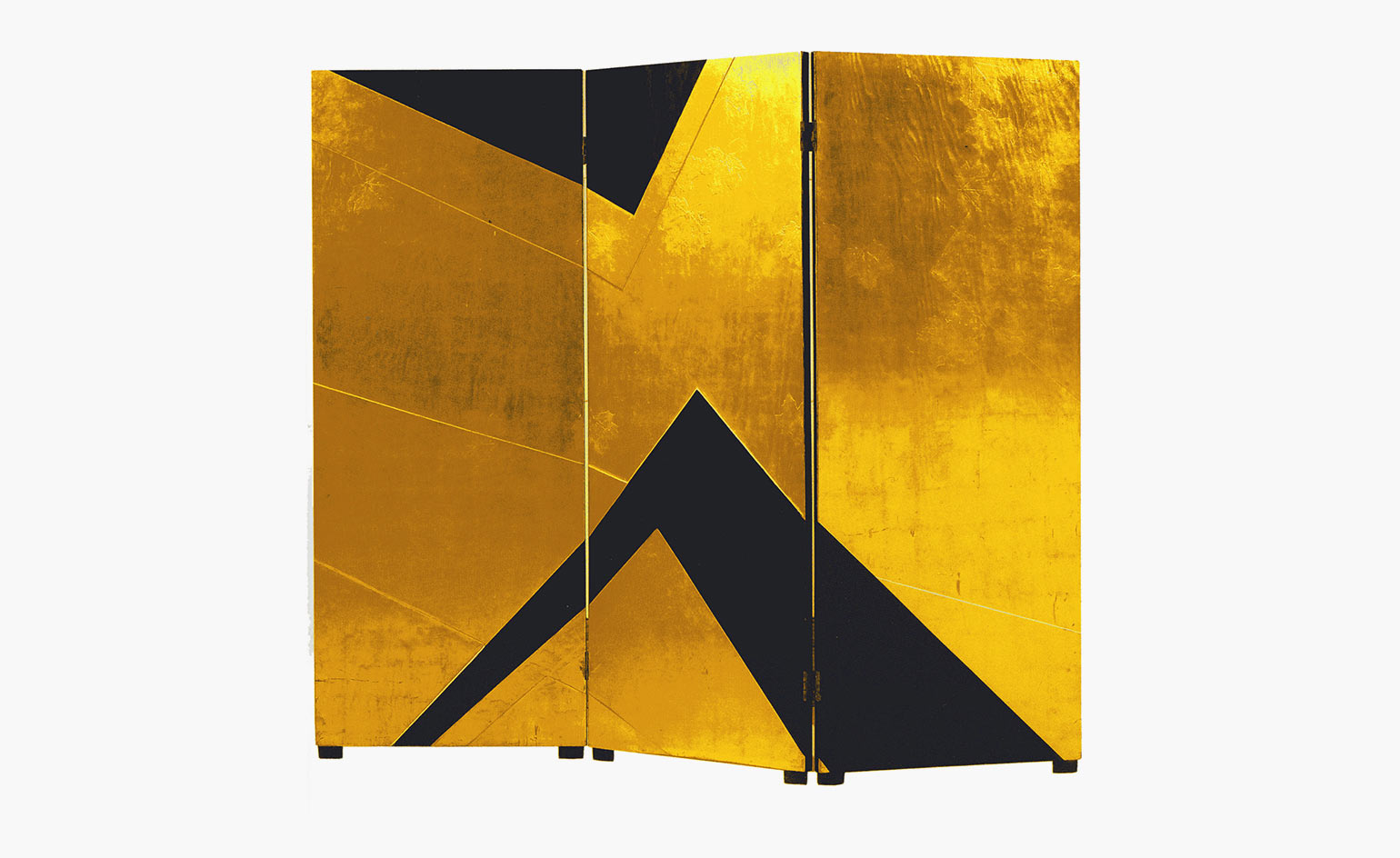
The show’s lynchpin is the work of Katsu Hamanaka. A lacquerer and art deco maven, his reputation and accomplished practice are all the more astonishing for the minute size of his oeuvre. Pictured: Katsu Hamanaka’s three-panel gold leaf and black lacquered screen, c.1928
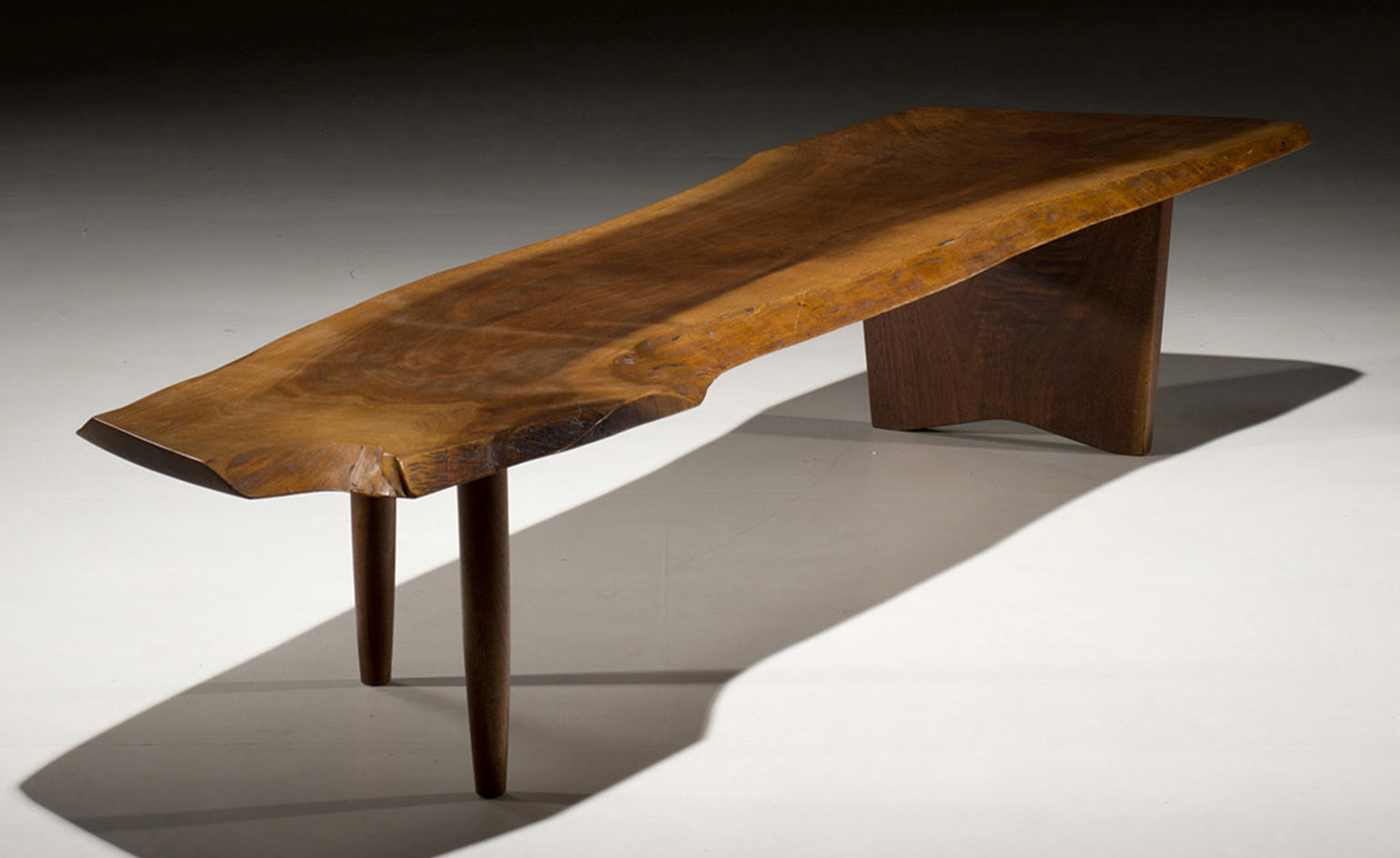
American Craft pioneer George Nakashima’s 1978 ‘R Bench’ is a picture of rustic simplicity
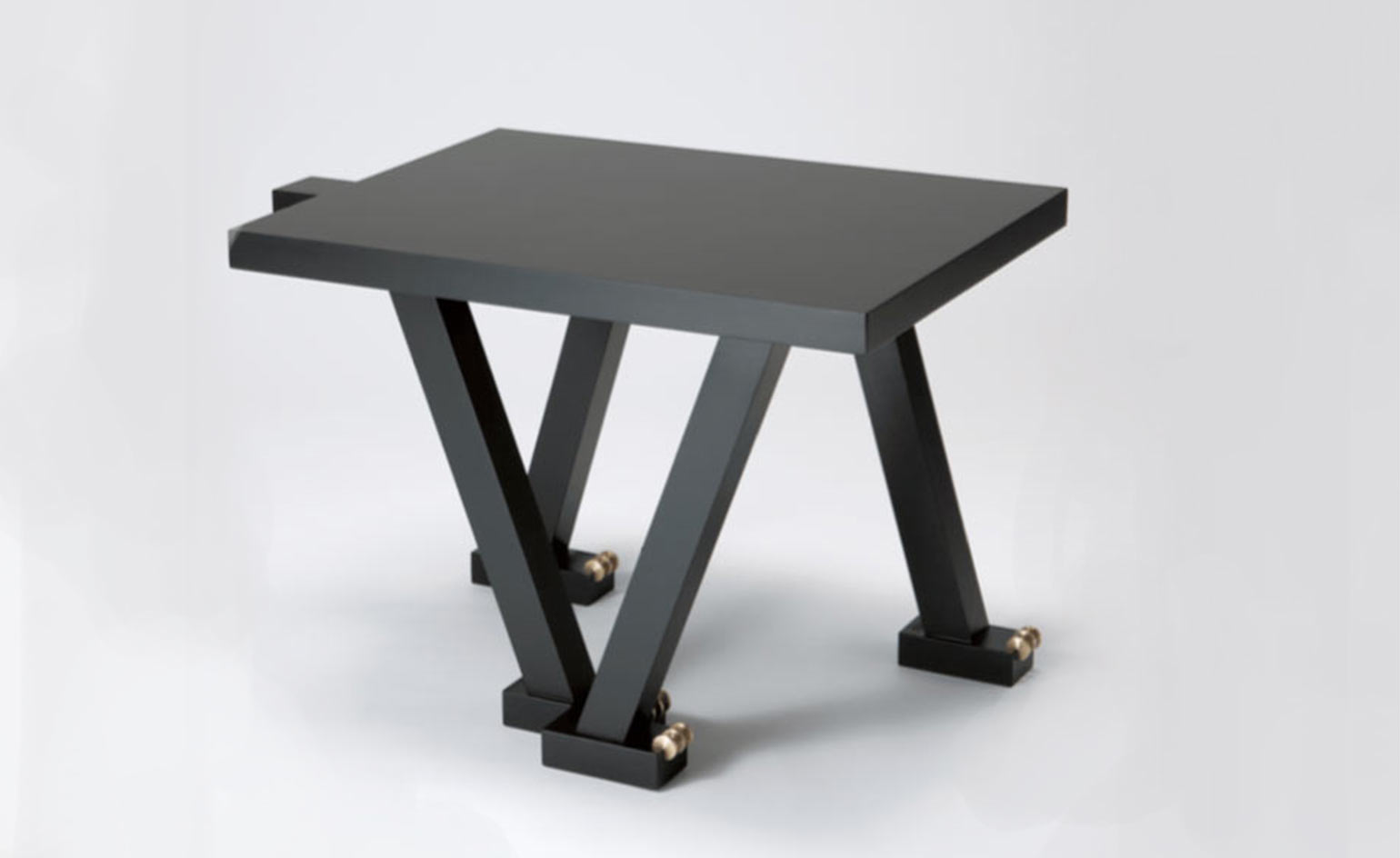
The furniture offering takes a turn for the contemporary with Masayoshi Nakajo’s ‘The Cat’, 2015. Its abstracted feline forms are rendered in black laquerware – a modern expression of the traditional Kawatsura style, dating back to 1200
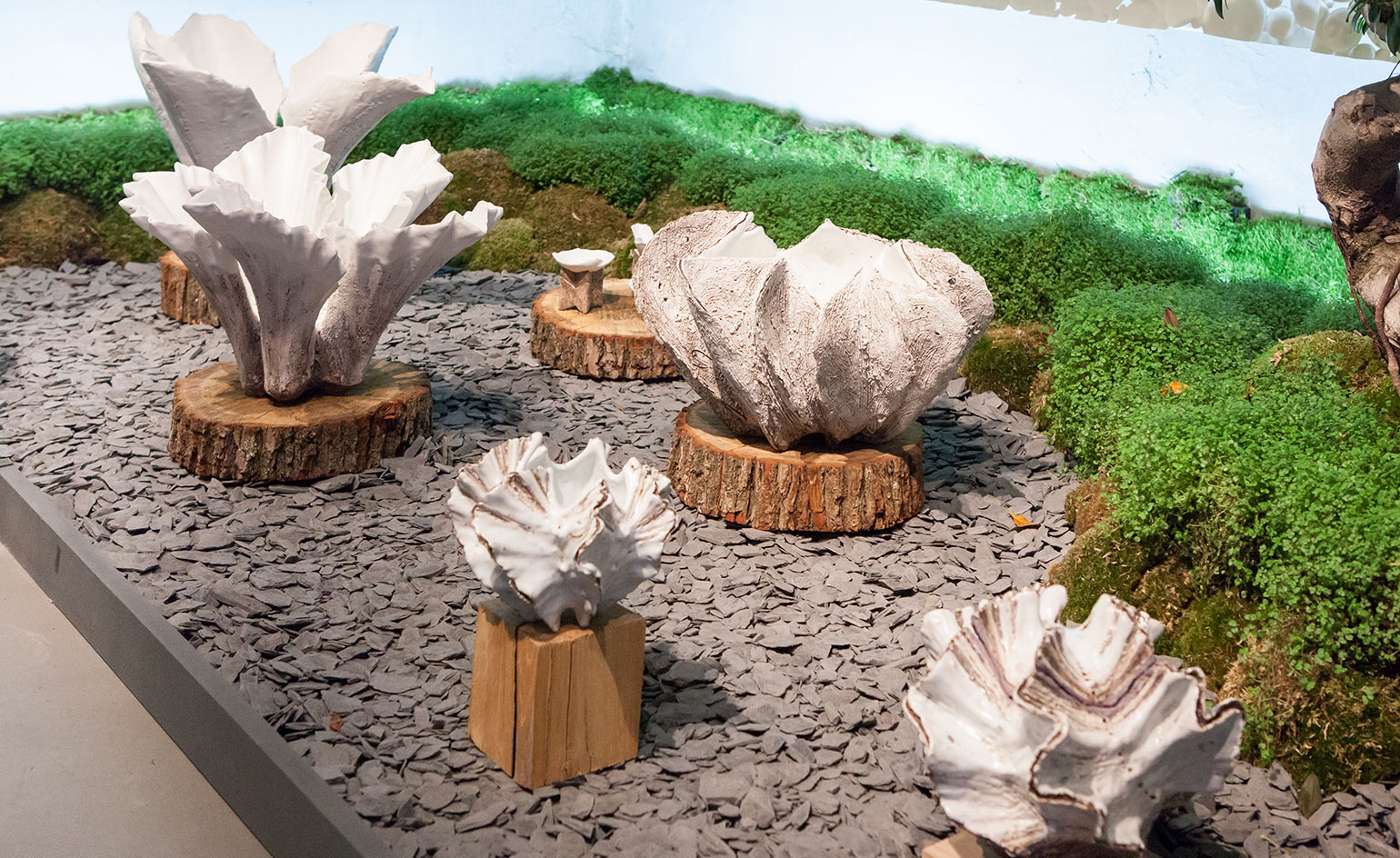
Koike Shoko’s eldritch botanical pieces (pictured) are imbued with a Triffids-style air of unease
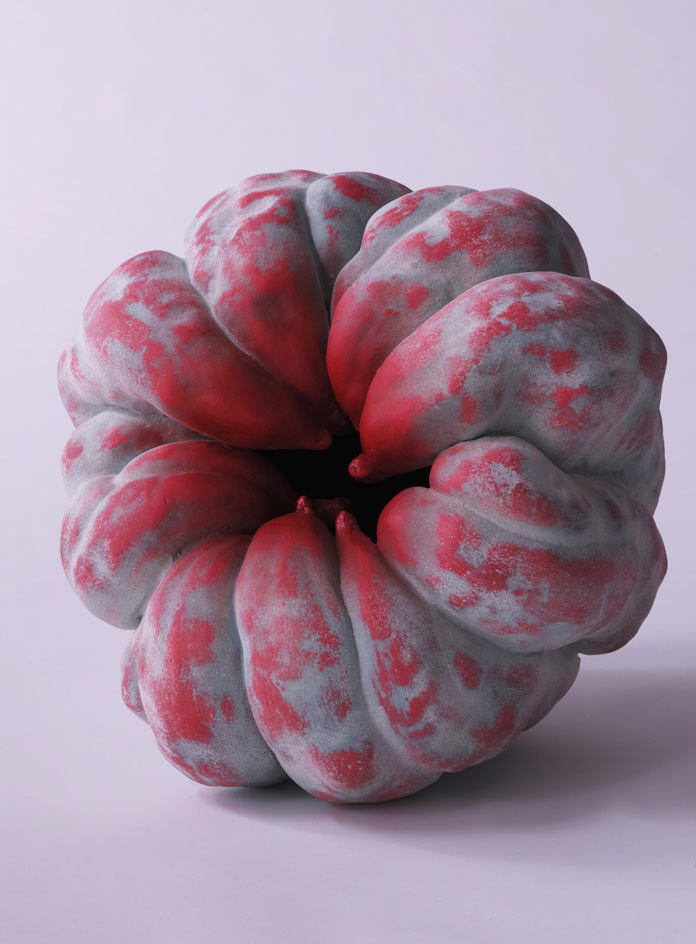
Chieko Katsumata’s Akoda pumpkin (pictured) is discomforting yet meticulously realised
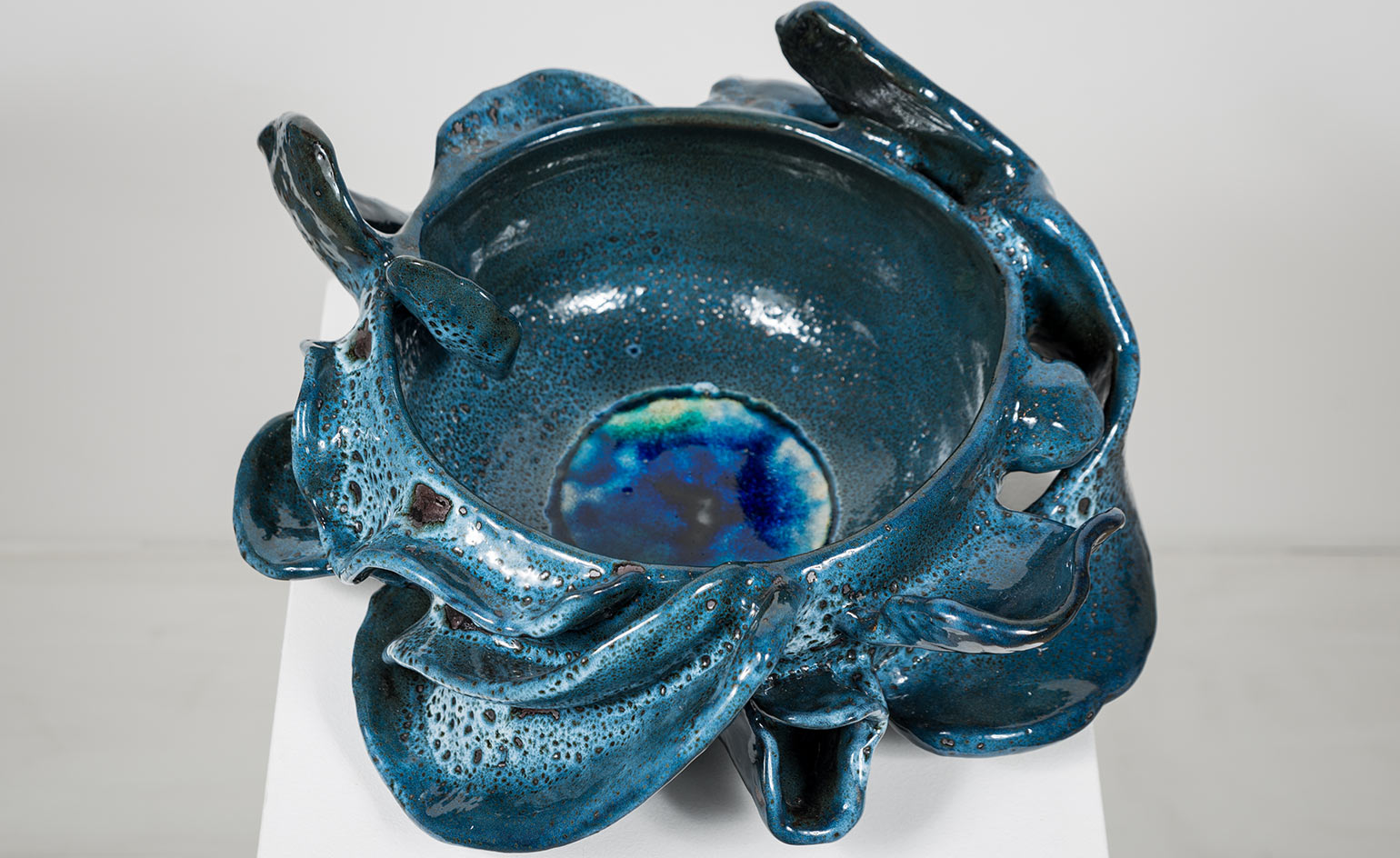
Haruhiko Kaneko creates fluid-looking and bowls and vases inspired by the ocean (and is one of only a dozen extant practitioners to use the ancient Uteki Tenmoku ‘drop of oil’ technique). Pictured: Les Fees de l’Ocean, by Haruhiko Kaneko, 2015
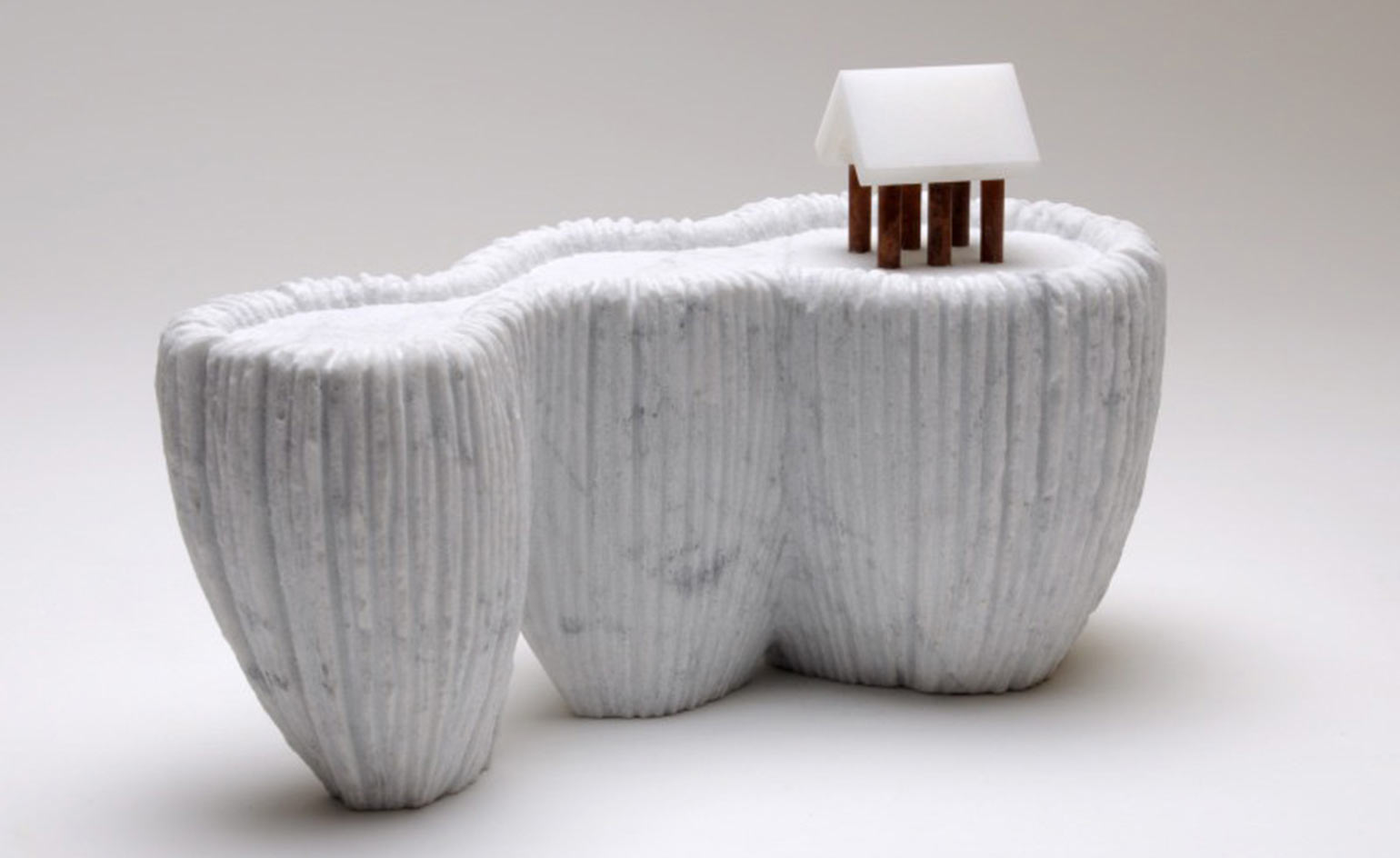
Isao Sugiyama’s Santuario sculptures are tiny, superannuated buildings carved into slabs of marble. Pictured: Santuario No 325, by Isao Sugiyama, 2011
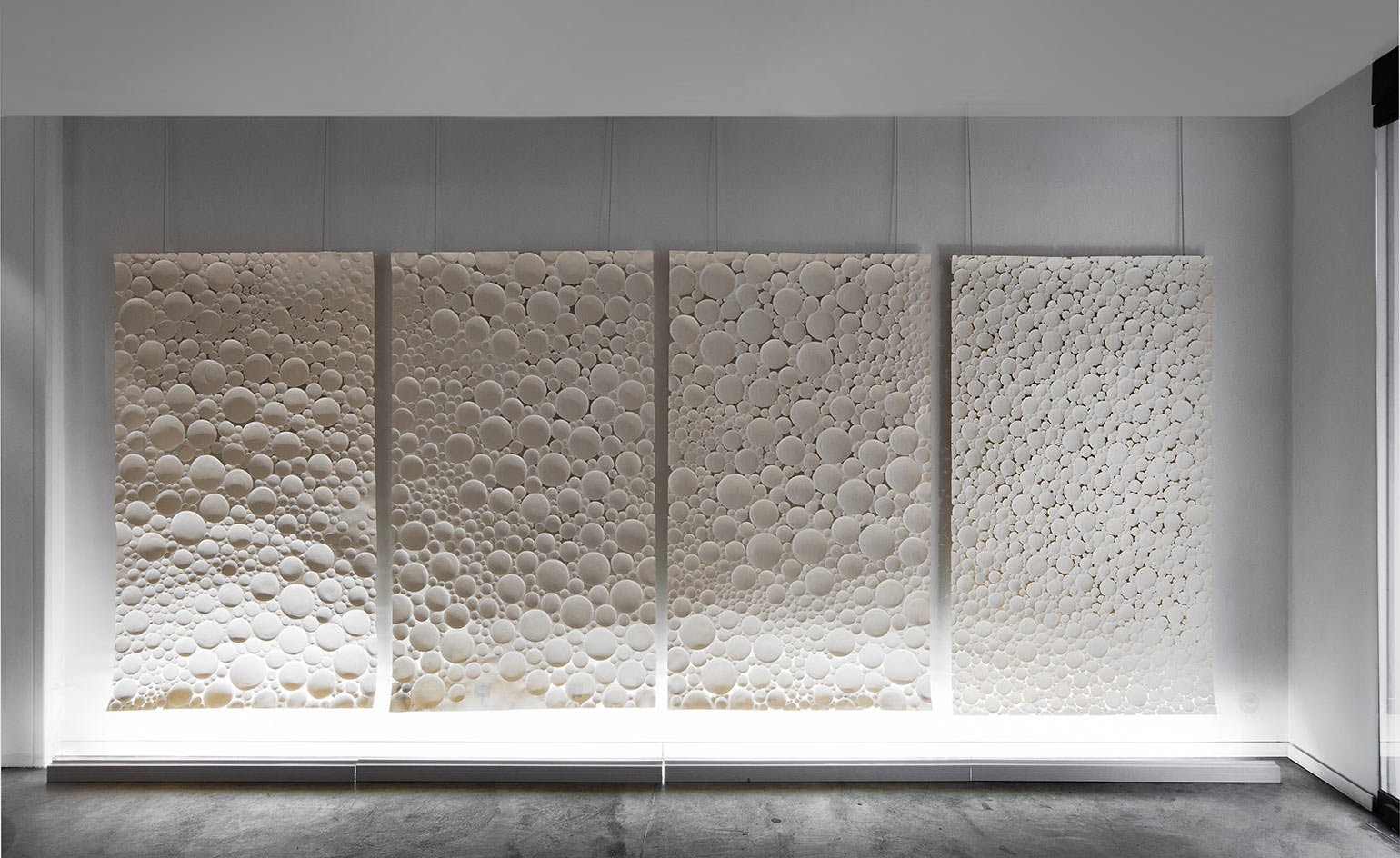
The offering continues in fine fettle, with contributions including Hitomi Uchikura’s embossed paperwork. Pictured: Lumière, by Hitomi Uchikura
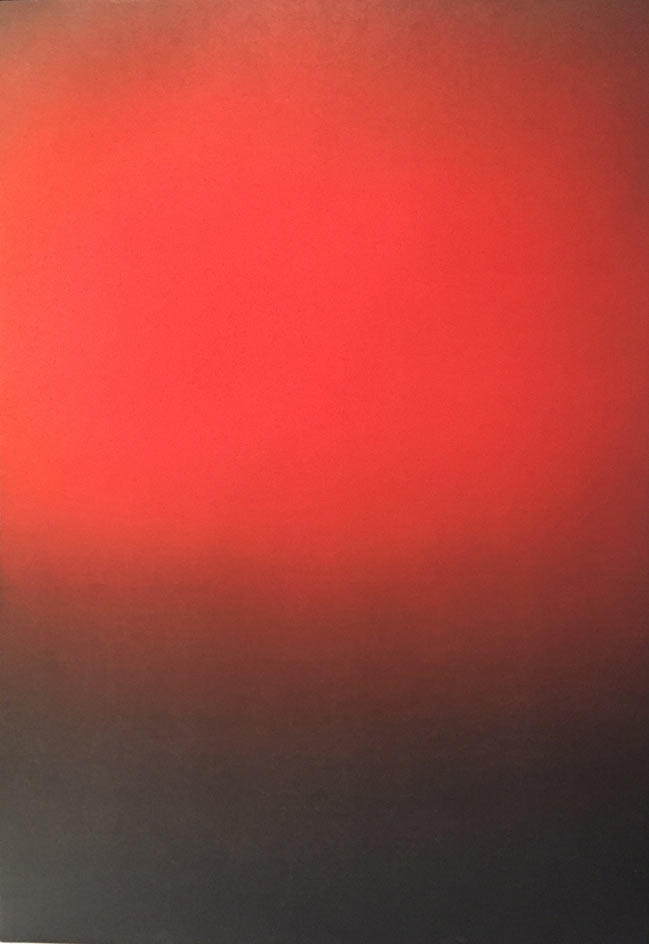
Kuigmachi Akira’s meditative, gradiated paintings also impress. Pictured: Lightscape Colors (Red), by Kuigmachi Akira, 2016
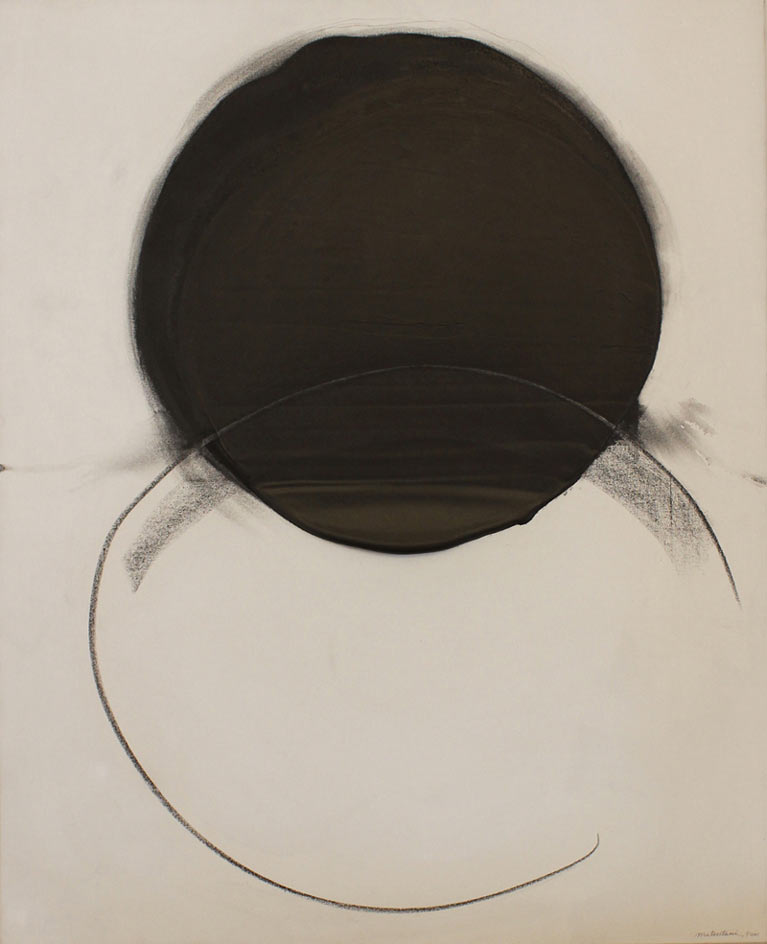
Takesada Matsutani’s monochrome masterpiece Two circles (pictured) from 2010, proves particularly alluring
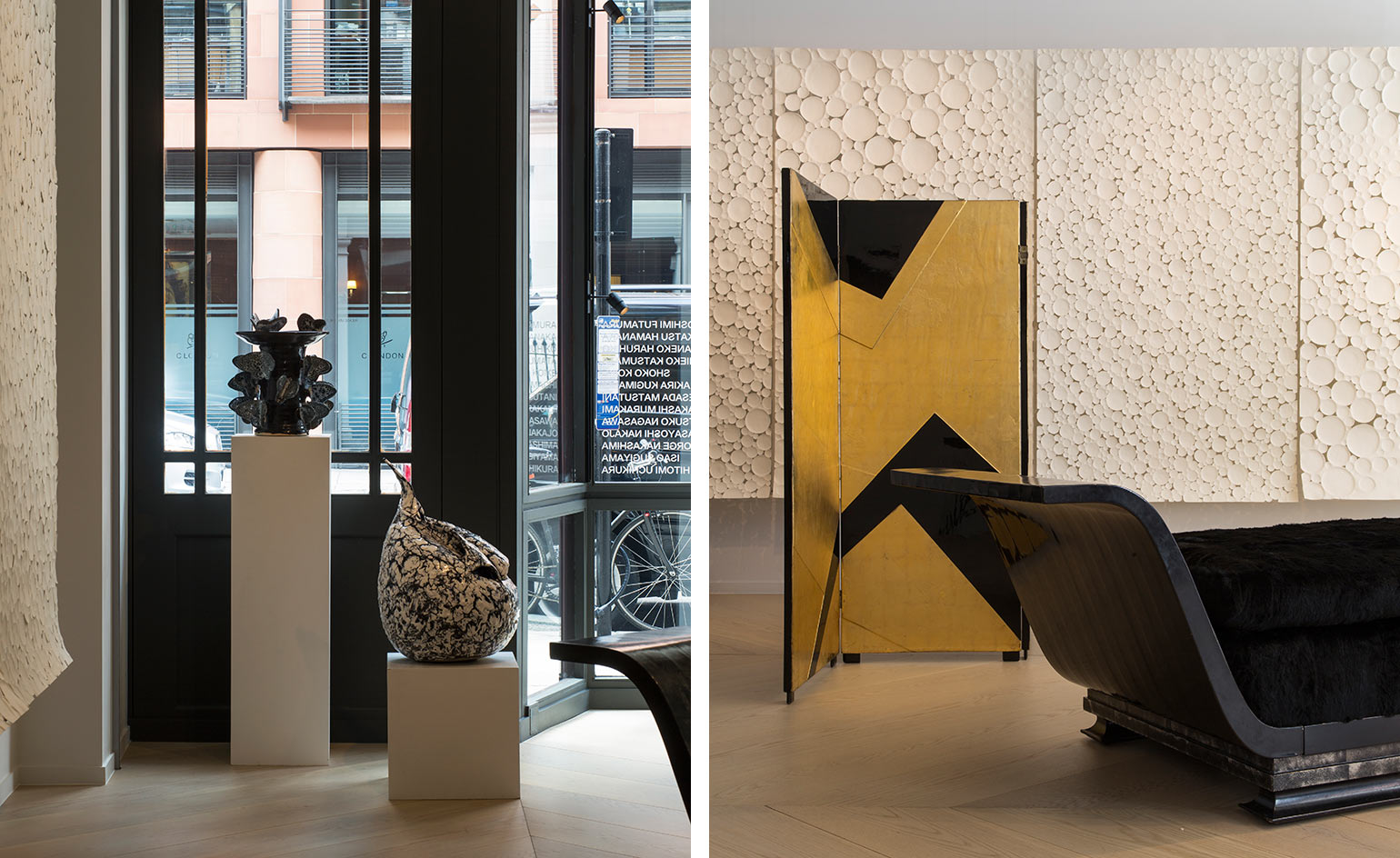
Aside from the sheer aesthetic eclecticism, the essential underlay to the Dutko show is the poeticism and visionary singularity of the works on display
INFORMATION
’Encounters: Japanese works of art from the 1930s to today’ is on view until 5 August. For more information, visit the Dutko Gallery’s website
ADDRESS
Dutko Gallery
18 Davies Street
London, W1K 3DS
Wallpaper* Newsletter
Receive our daily digest of inspiration, escapism and design stories from around the world direct to your inbox.
Tom Howells is a London-based food journalist and editor. He’s written for Vogue, Waitrose Food, the Financial Times, The Fence, World of Interiors, Time Out and The Guardian, among others. His new book, An Opinionated Guide to London Wine, will be published by Hoxton Mini Press later this year.
-
 Extreme Cashmere reimagines retail with its new Amsterdam store: ‘You want to take your shoes off and stay’
Extreme Cashmere reimagines retail with its new Amsterdam store: ‘You want to take your shoes off and stay’Wallpaper* takes a tour of Extreme Cashmere’s new Amsterdam store, a space which reflects the label’s famed hospitality and unconventional approach to knitwear
By Jack Moss
-
 Titanium watches are strong, light and enduring: here are some of the best
Titanium watches are strong, light and enduring: here are some of the bestBrands including Bremont, Christopher Ward and Grand Seiko are exploring the possibilities of titanium watches
By Chris Hall
-
 Warp Records announces its first event in over a decade at the Barbican
Warp Records announces its first event in over a decade at the Barbican‘A Warp Happening,' landing 14 June, is guaranteed to be an epic day out
By Tianna Williams
-
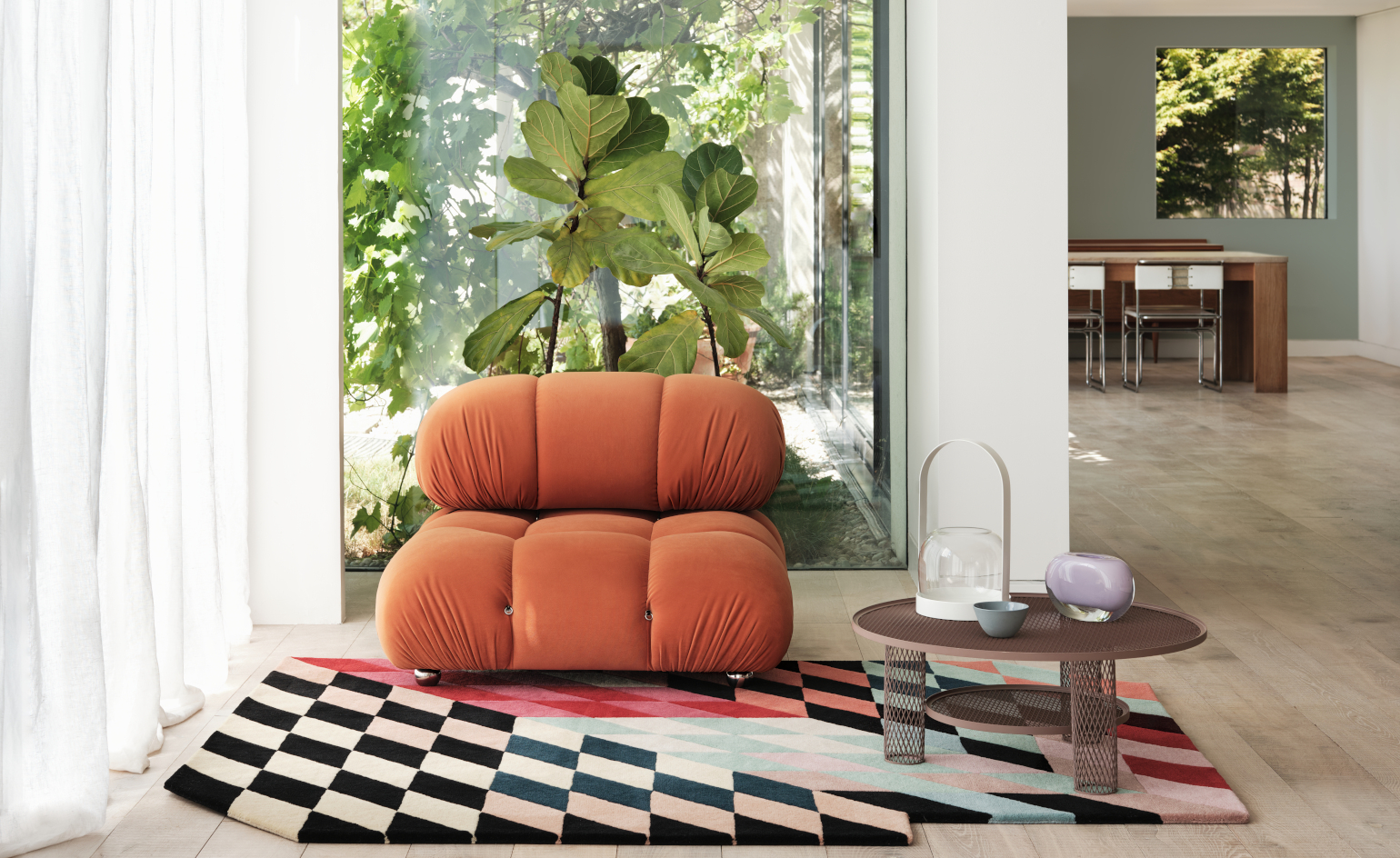 This new rug release from Floor Story is causing a cosmic eclipse
This new rug release from Floor Story is causing a cosmic eclipseKangan Arora and Floor Story have designed ten otherworldly illusions of form and tone – the ‘Cosmic Check’ and ‘Falling Shadows’ rug collections
By Martha Elliott
-
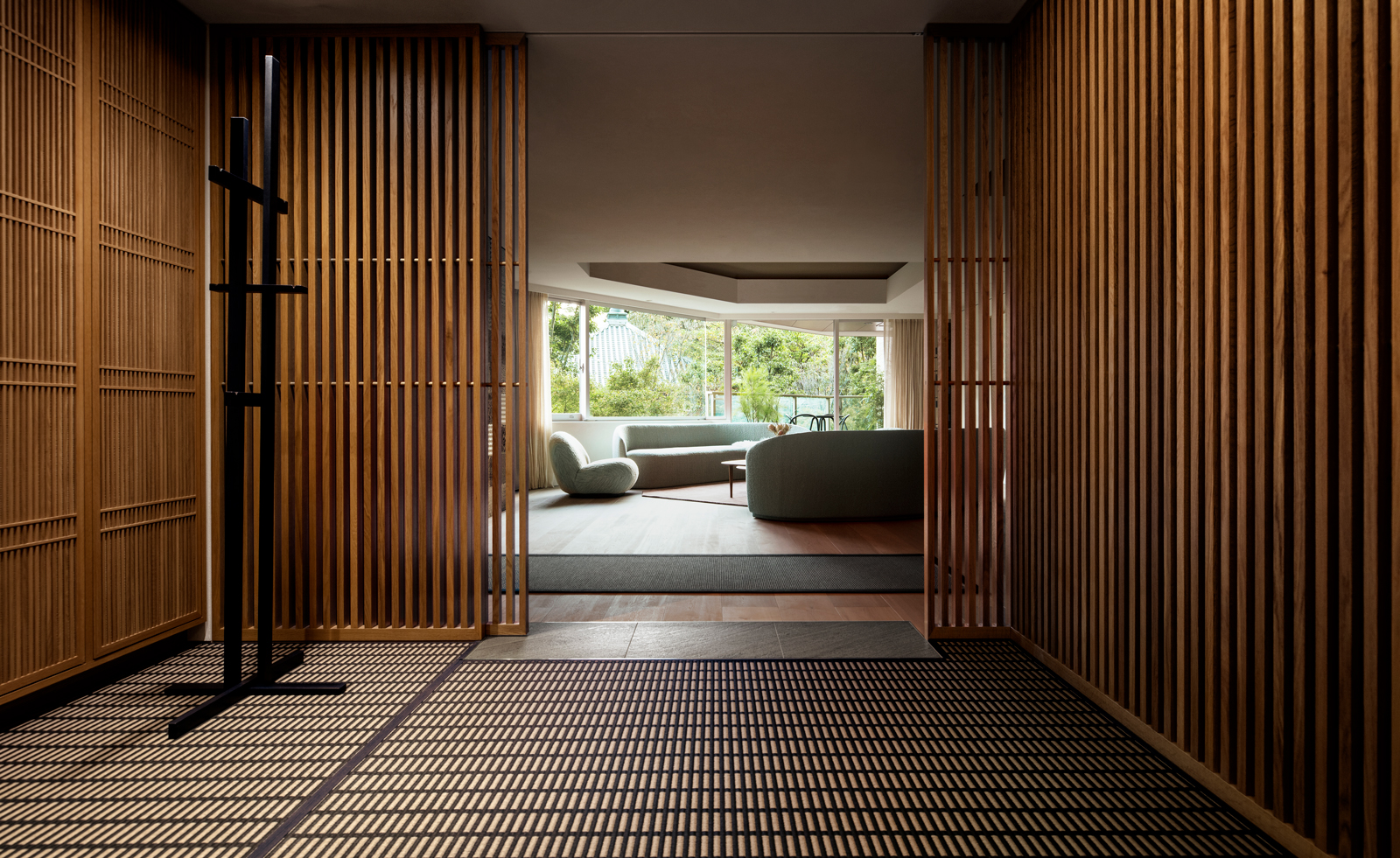 Scandinavian design meets Japanese heritage in OEO Studio’s Tokyo apartment
Scandinavian design meets Japanese heritage in OEO Studio’s Tokyo apartmentOEO Studio has collaborated with Japanese property developer ReBita on a luxury new apartment at Tokyo’s Opus Arisugawa Terrace & Residence
By Hannah Silver
-
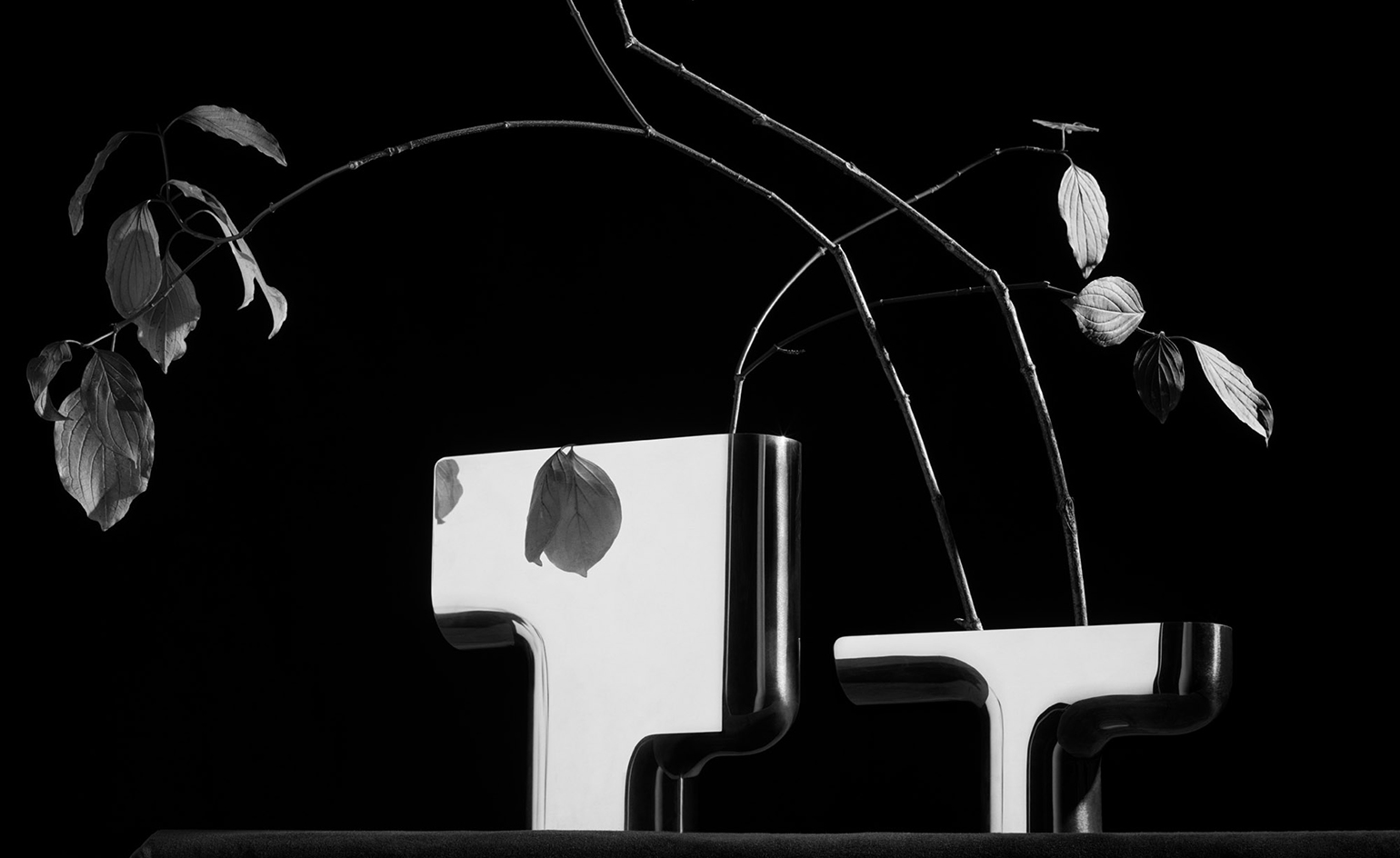 Nendo and Georg Jensen create silver vases inspired by nature
Nendo and Georg Jensen create silver vases inspired by natureJapanese design studio Nendo and Danish silversmith Georg Jensen create a set of three silver vases that combine organic forms and minimalist aesthetics
By Mary Cleary
-
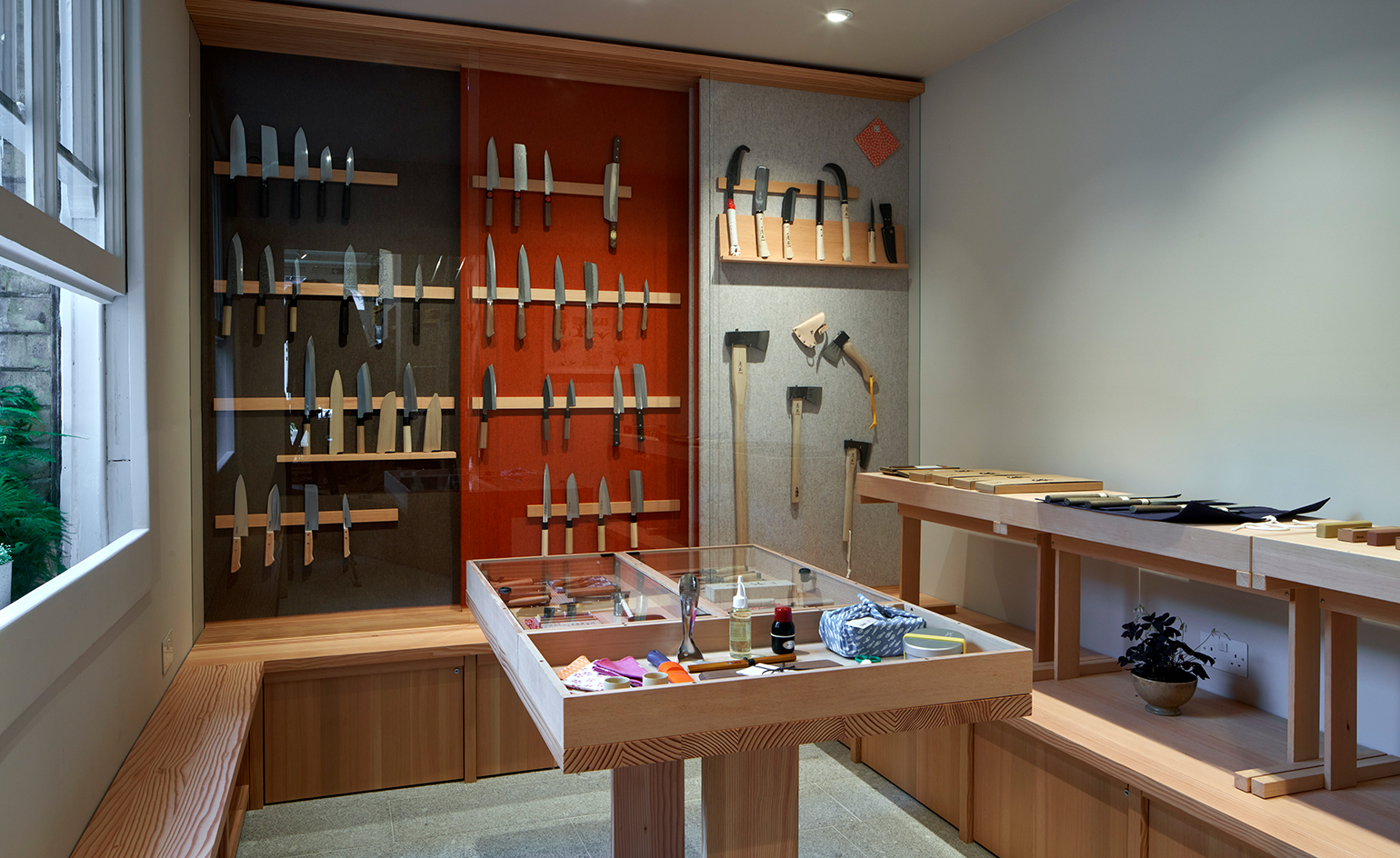 Niwaki is a new outlet for Japan’s most innovative tools
Niwaki is a new outlet for Japan’s most innovative toolsNew London store Niwaki sells exquisitely crafted Japanese gardening tools and workwear
By Mary Cleary
-
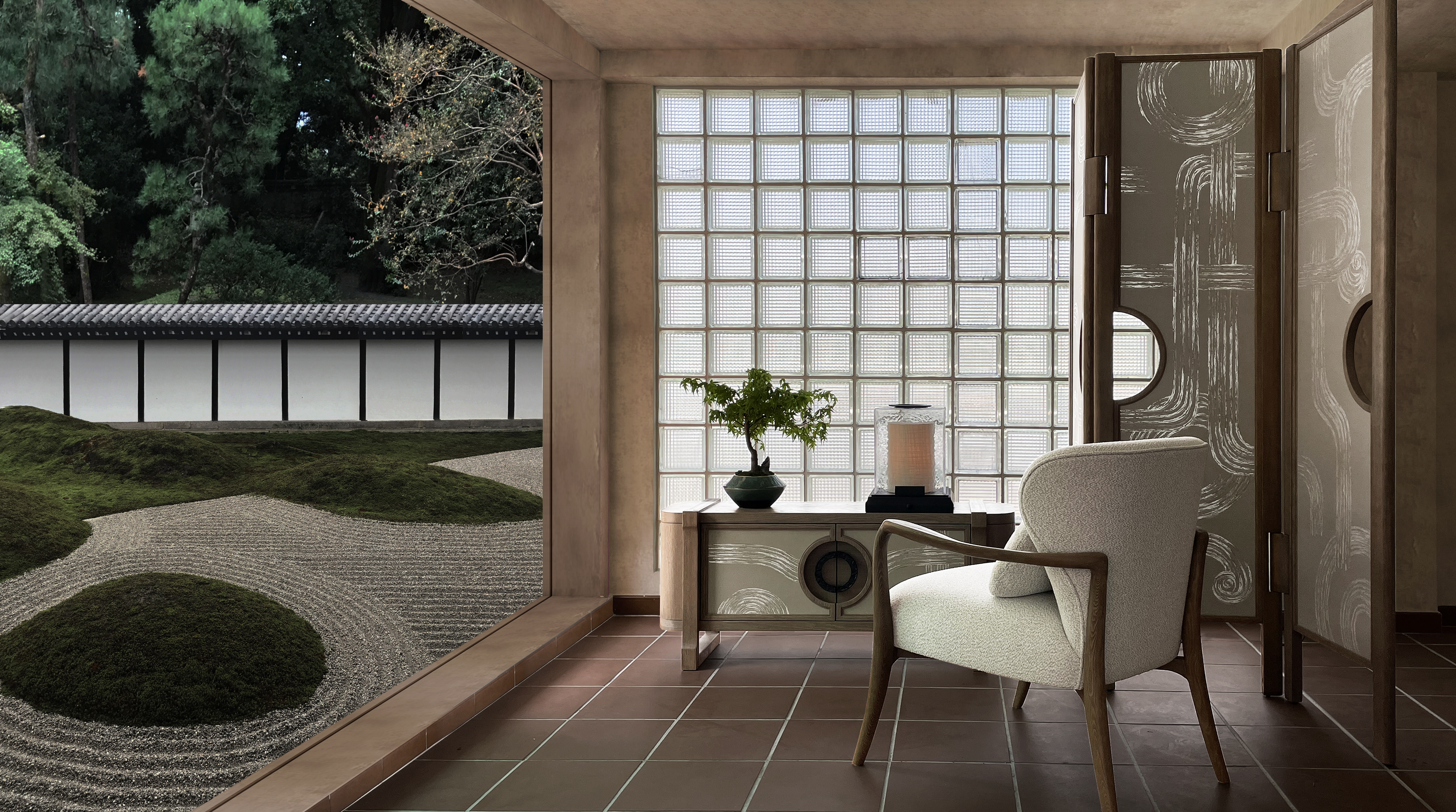 André Fu’s new furniture is inspired by Japanese gardens
André Fu’s new furniture is inspired by Japanese gardensAndré Fu Living’s Art Deco Garden is a collection of furniture, objects, wallcoverings and homeware inspired by Zen gardens and Art Deco
By Rosa Bertoli
-
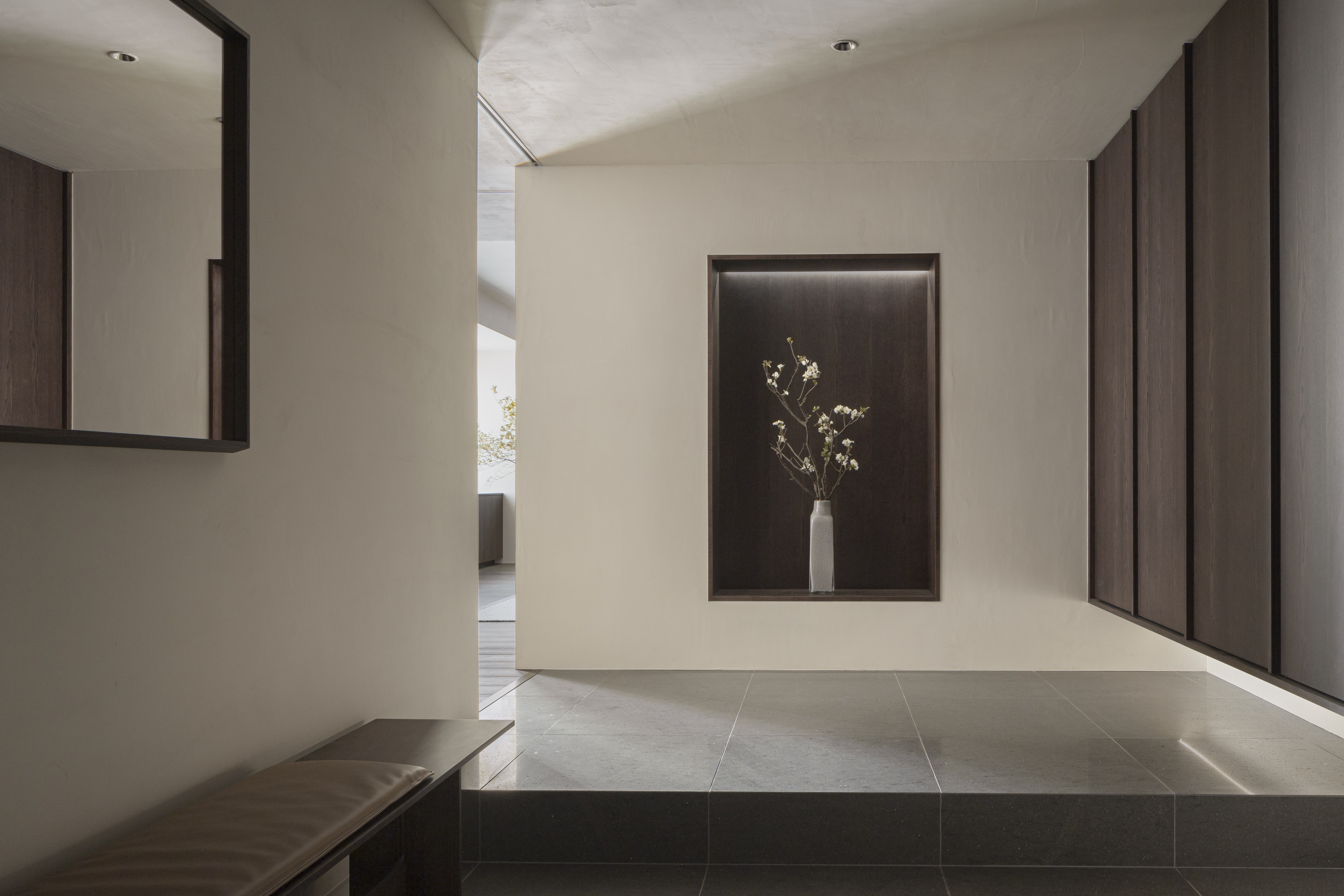 Japanese minimalism meets Scandinavian design in Karimoku Case Study
Japanese minimalism meets Scandinavian design in Karimoku Case StudyThe Azabu Residence by Keiji Ashizawa and Norm Architects’ Frederik Alexander Werner is part of the Karimoku Case Study project, and features a sombre material palette and restrained colour scheme for a peaceful family interior
By Rosa Bertoli
-
 Snøhetta designs experimental culinary space in Tokyo
Snøhetta designs experimental culinary space in TokyoSnøhetta co-founder Craig Dykers discusses the architecture of Burnside – a Tokyo event space for art and design outfit En One and the Bronx chef collective Ghetto Gastro
By Ellie Stathaki
-
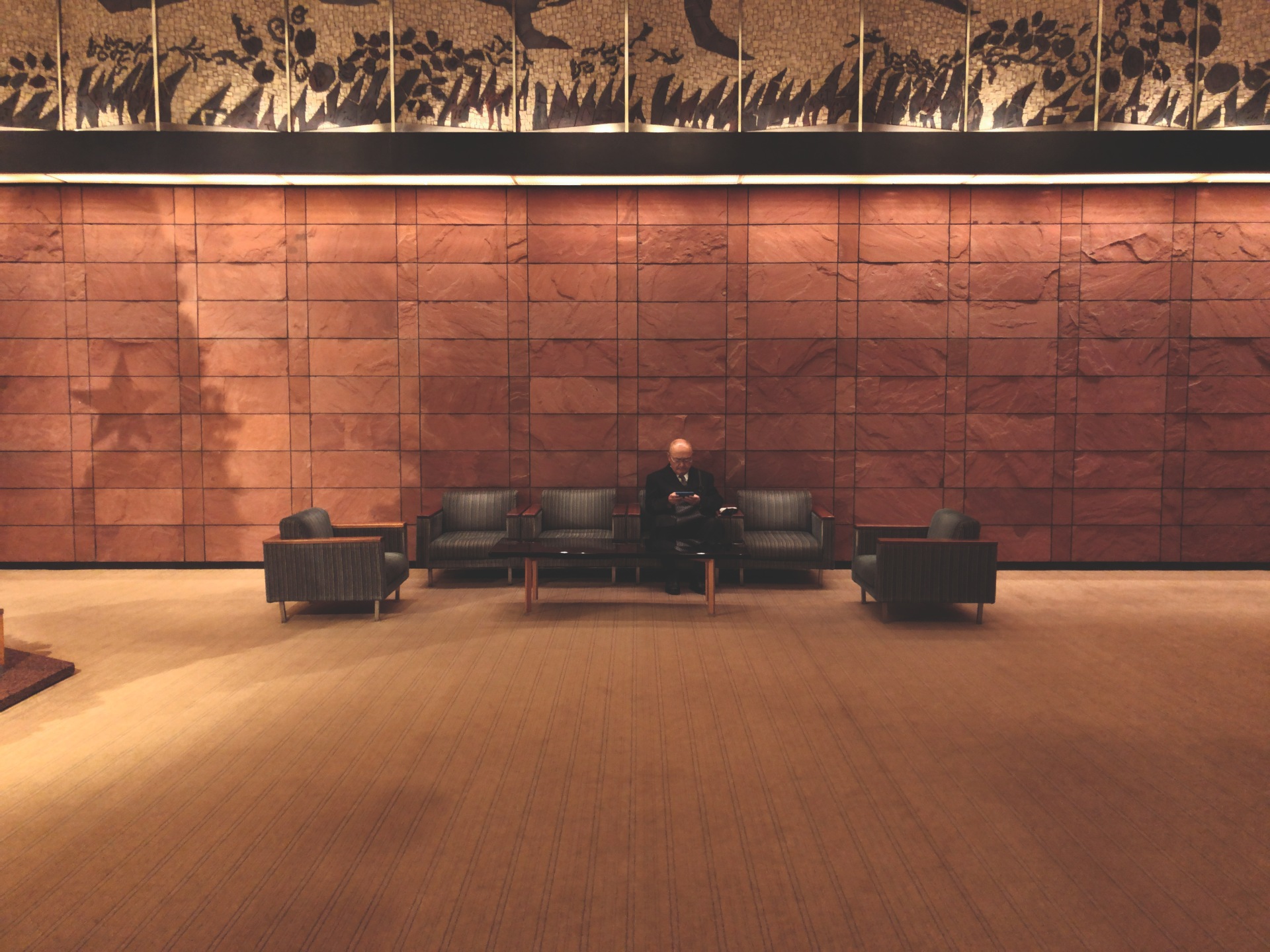 Japan as seen through the lens of Marcio Kogan
Japan as seen through the lens of Marcio KoganBrazilian architect Marcio Kogan recalls his Christmas tradition of traveling to Japan and how that inspired a new collection of seating for Minotti, referencing the original 1960s design of hotel Okura by Yoshiro Taniguchi
By Scott Mitchem